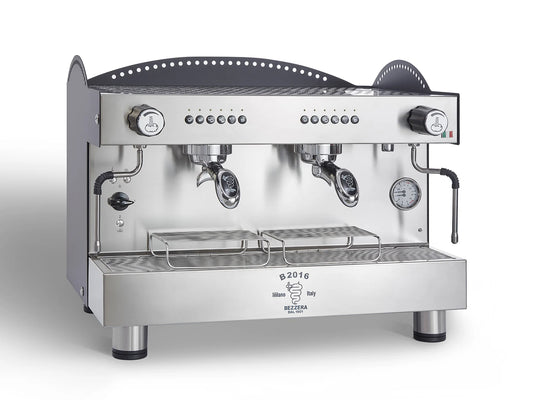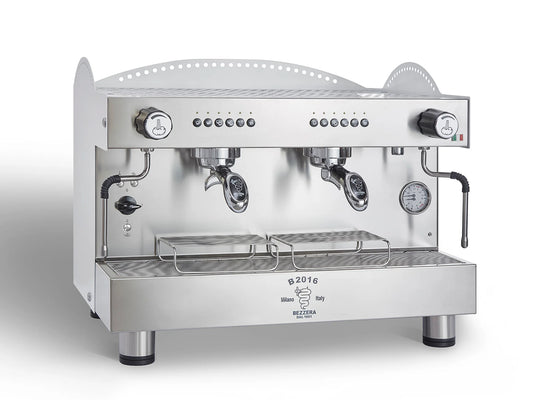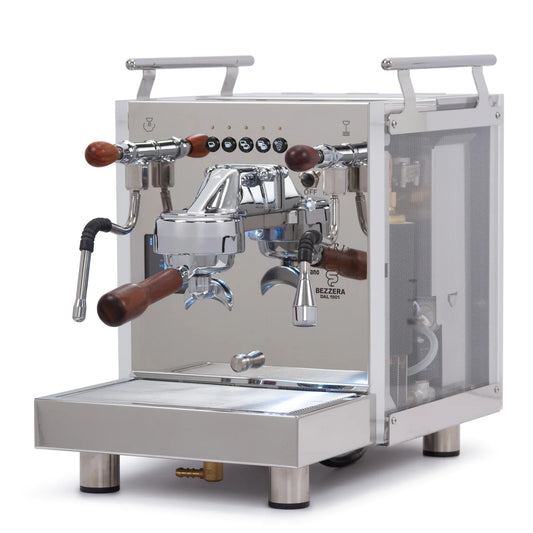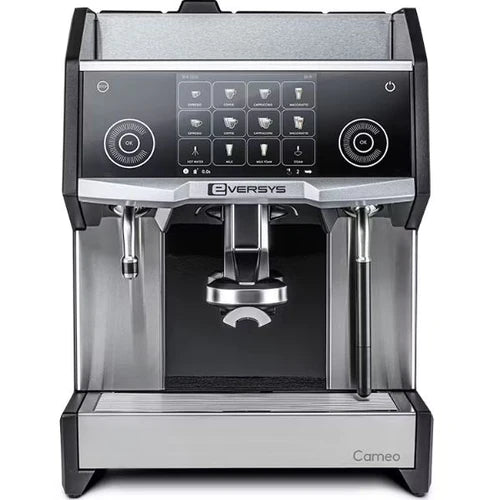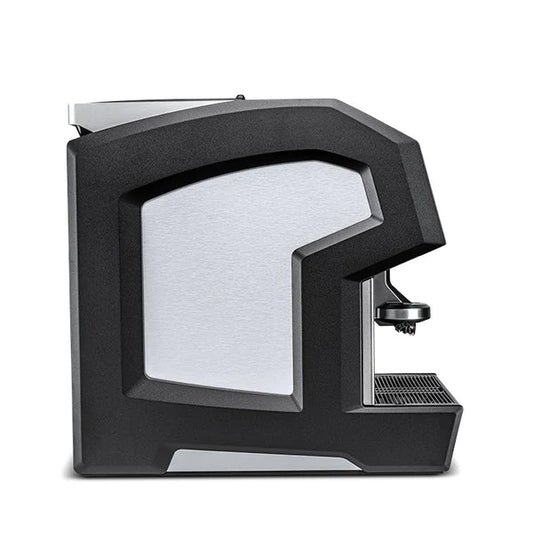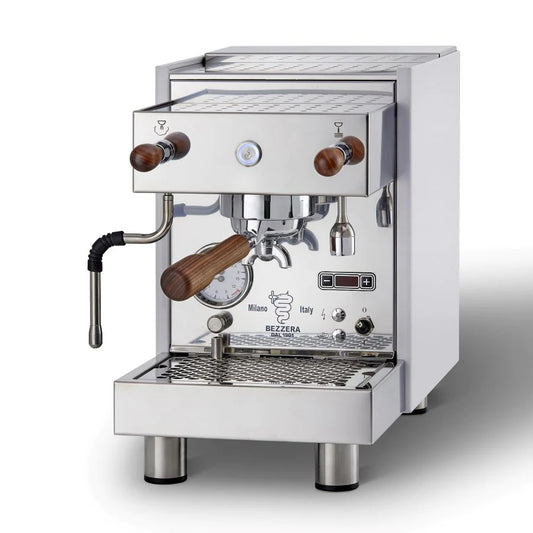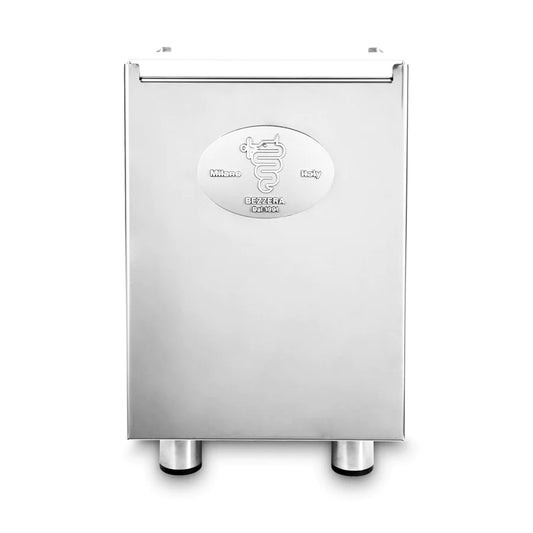The Rising American Trend: How Vietnamese Coffee Captivates French Culture
Table of Contents
- Key Highlights:
- Introduction
- The Legacy of Vietnamese Coffee
- The Phin Brewing Method: A Cultural Experience
- Exploring Innovative Flavors: More Than Just Coffee
- Cultural Significance: Coffee as a Ritual
- A Competitive Landscape: Coexisting with Espresso
- Conclusion: The Future of Vietnamese Coffee in France
- FAQ
Key Highlights:
- Vietnamese coffee, particularly cà phê sữa đá (iced coffee with condensed milk), is gaining popularity among French consumers, especially the youth.
- The brewing method known as phin offers a unique experience that enhances the rich flavors of Robusta beans, setting it apart from typical coffee offerings.
- Innovative variations like cà phê trứng (egg coffee) and cà phê cốt dừa (coconut coffee) reflect both tradition and modern culinary creativity, making Vietnamese coffee a cultural bridge in France.
Introduction
Vietnamese coffee, with its rich flavor profile and iconic brewing techniques, is establishing a significant foothold in France. This trend is most notable among younger consumers who are seeking both authenticity and unique culinary experiences. The rising interest is not merely a matter of taste; it represents a blending of cultures and traditions that extends beyond the realm of beverages. As Vietnamese coffee gains stature in one of the world's most discerning markets, it is essential to explore the elements behind this growing phenomenon, including its history, preparation methods, and cultural resonance in everyday life.
The Legacy of Vietnamese Coffee
Vietnam is the world’s second-largest coffee exporter, a status defined by its dominant production of robust Robusta beans. Unlike their Arabica counterparts, Robusta beans are known for their stronger, more bitter flavor, and contain nearly double the caffeine. Historically, much of Vietnam's coffee output was lumped into industrial blends, often lacking transparency regarding its origin. However, recent initiatives by local brands seek to change that narrative by promoting Vietnamese coffee as a standalone entity, distinct for its character and culinary heritage.
Co-founders Kim Nga and Martin, of the Vietnamese coffee brand PHIN MI, aspire to elevate the status of Vietnamese coffee in France. Their commitment is rooted in authenticity, reimagining robust coffee brewing as a cherished culinary experience rather than a mere caffeine fix. They leverage the traditional phin brewing method, allowing for a slow and deliberate process that enhances the drink's full-bodied flavor.
The Phin Brewing Method: A Cultural Experience
The phin is not just a brewing device; it is emblematic of Vietnam's coffee culture. This compact metal filter, a remnant from the French colonial era, allows hot water to seep through coarsely-ground coffee beans, creating a rich elixir over a span of five to seven minutes. This slow brewing method contrasts sharply with the often quick, mechanized coffee preparation found in many Western contexts. For customers at PHIN MI, this process transforms the act of coffee-making into a serene ritual that resonates deeply with both the producers and the consumers.
Kim Nga emphasizes that traditional Vietnamese coffee is bold and robust, showcasing the intense flavors typical of Robusta beans. Yet, to cater to the generally milder tastes of French coffee drinkers, PHIN MI and other Vietnamese cafés frequently adapt their offerings by balancing the bitterness with just the right amount of sweetened condensed milk. This results in glasses of cà phê sữa that are not only creamy and rich but also palatable to a broader audience.
Exploring Innovative Flavors: More Than Just Coffee
The Vietnamese coffee experience does not end with cà phê sữa đá. Parisians are increasingly drawn to inventive twists on traditional recipes, blending classic flavors with modern culinary trends. One such creation is cà phê trứng, or egg coffee, which features a frothy egg cream that has been likened to a Vietnamese take on tiramisu. This unique concoction is rich and satisfying, offering layers of texture and flavor that intrigue both locals and tourists.
Similarly, cà phê cốt dừa—a coconut coffee variety—pairs the nutty richness of coconut with the strong character of Robusta coffee. These innovative variations not only keep the tradition alive but also expand the appeal of Vietnamese coffee, reaching a diverse demographic looking for something exciting and new.
In addition to these staples, options with black sesame, salted cream, or plant-based alternatives contribute to a spectrum of flavors that cater to various dietary preferences. This diversity ensures that Vietnamese coffee is not merely a beverage but an evolving culinary experience.
Cultural Significance: Coffee as a Ritual
In Vietnam, coffee consumption is intricately linked to daily life and societal rhythms. It serves as a social connector, a moment of pause amidst bustling street life. The café scene in Vietnam is a vibrant tableau of interconnected stories, laughter, and shared experiences—all signified by the act of enjoying coffee together.
This cultural underpinning begins to resonate within the French context as well. As the coffee culture spreads through Parisian streets, it fosters connections among patrons who linger to savor their drinks, transforming coffee into a bridge between two distinct cultures. French coffee drinkers are increasingly interested in the tales and traditions behind their drinks, which enhances their appreciation for not just the coffee itself, but also the rich heritage it embodies.
A Competitive Landscape: Coexisting with Espresso
The rise of Vietnamese coffee in France occurs within a landscape dominated by European coffee traditions, primarily characterized by espresso. While espresso has long been the hallmark of European coffee culture, the unique characteristics of Vietnamese coffee are carving out its niche. Its blend of tradition and creativity offers an alternative that stands alongside flavored concoctions and cold brews emerging globally.
As coffee enthusiasts search for authenticity and new flavors, Vietnamese coffee represents not just an alternative, but an enriching experience that broadens their coffee horizons. The transition encourages dialogue about coffee origins and cultural significance—conversations that were often overlooked in more homogeneous coffee markets.
Conclusion: The Future of Vietnamese Coffee in France
The trajectory of Vietnamese coffee in France indicates a strong potential for growth and integration into local culture. It signifies a willingness among younger consumers to explore different culinary landscapes, driven by curiosity and an appreciation for cultural stories behind the food and beverages they enjoy. This is not just a fleeting trend; it embodies a broader shift towards inclusivity, where the narratives of different cultures find space within the cherished rituals of coffee drinking.
As Vietnamese coffee continues to enchant the French, its strong flavors and rich cultural significance contribute to a global dialogue about food and identity. Moving forward, it will be fascinating to see how this evolving narrative shapes coffee culture not only in France but around the world.
FAQ
What distinguishes Vietnamese coffee from other types?
Vietnamese coffee is primarily made using Robusta beans, which provide a bolder and more bitter flavor compared to Arabica coffee. The phin brewing method enhances this flavor, resulting in a rich, full-bodied beverage that is traditionally served with condensed milk.
Are there health benefits associated with Vietnamese coffee?
Like other coffee varieties, Vietnamese coffee contains caffeine, which can enhance mental alertness and may contribute to various health benefits. However, the addition of condensed milk adds extra calories, so moderation is advised.
Where can I find Vietnamese coffee in France?
Vietnamese coffee has gained popularity in many French cafés and specialty coffee shops, particularly in urban areas like Paris. Brands such as PHIN MI spotlight traditional Vietnamese offerings and their modern adaptations.
Can I replicate Vietnamese coffee at home?
Yes, you can replicate Vietnamese coffee at home using a phin filter, coarsely ground Robusta beans, and sweetened condensed milk. The brewing process can be an enjoyable ritual that mirrors the cultural significance it holds in Vietnam.

